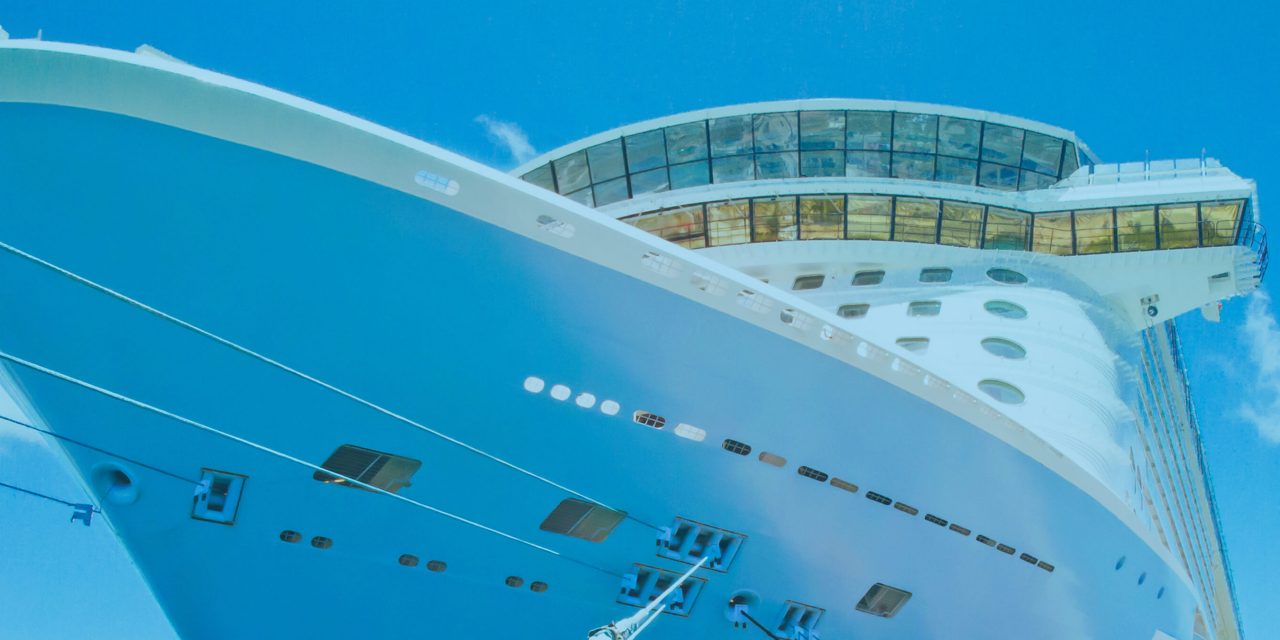
CLIA Releases 2020 State of the Cruise Industry Outlook Report

New report highlights unprecedented global economic impact and commitment to responsible tourism practices.
Cruise Lines International Association (CLIA), the world’s largest cruise industry trade organization, has released the 2020 State of the Cruise Industry Outlook report. According to the analysis, cruising sustained 1,177,000 jobs equaling $50.24 billion in wages and salaries and $150 billion total output worldwide in 2018.
The report also finds an industry-wide commitment to responsible tourism practices, with a focus on environmental sustainability and destination stewardship. The report highlights the industry’s $22 billion investment in the development of new energy efficient technologies, partnerships with local governments in key destinations, and a commitment to reducing its rate of carbon emissions by 40% by 2030 compared to 2008.
“While demand for cruising has reached new heights, the cruise industry is accelerating our efforts to be a leader in responsible tourism,” said Kelly Craighead, president and CEO, CLIA. “Our members are at the forefront of best practices designed to protect the sanctity of the destinations we visit and enhance the experiences of travelers and residents alike.”
Newly released data shows 32 million passengers are expected to set sail in 2020. To meet ongoing demand, CLIA Cruise Lines are scheduled to debut 19 new ocean ships in the upcoming year, resulting in a total of 278 CLIA Cruise Line ocean ships projected to be in operation by the end of 2020.
Industry growth results in positive economic progress in communities around the world. According to the newly released CLIA 2018 Global Economic Impact Analysis, passengers spend $376 in port cities before boarding a cruise and spend $101 in each visiting port destination during a cruise. North America accounts for the highest rate of cruisers with 14.2 million North Americans cruising in 2018.
“The industry’s economic impact is a big part of the story, especially as it relates to our passengers’ contributions to local economies and the diverse workforce onboard our ships,” said Craighead. “We recognize that with growth comes increased responsibility to raise the bar in all aspects of what we do to ensure cruising remains a force for good and the best way to experience the world.”
2020 Cruise Industry Trends
Environmental Sustainability: The development and identification of new technologies and cleaner fuels is a top priority for the cruise industry, which continues to make substantial investments in reducing environmental impact.
Destination Stewardship: With increased demand and growth in the cruise industry comes responsibility to foster respect and cooperation with cruise destinations. In collaboration with local communities, the cruise industry is exploring new and creative ways to manage the flow of visitors and implement the highest standards of responsible tourism.
Cruise and Stay: The State of the Cruise Industry Outlook found more travelers are spending time in and near cruise ports. In fact, 65% of cruise passengers spend a few extra days at embarkation or debarkation ports.
Reduce Single-Use Plastic: Travelers are taking sustainability to the seas. The study found that more than eight of ten cruise passengers recycle (82%) and reduce using single-use plastics (80%) while traveling. Seven out of ten cruisers also forego plastic straws.
Generation Cruise Positive: The attitude around cruising is changing, no matter the generation. More than 66 percent of Generation X and 71% of Millennials have a more positive attitude about cruising compared to two years ago.
Lone Cruisers: Marriage rates are declining and the number of single adults is growing globally. As a result, cruise lines are responding to the shift in passenger demographics by offering studio cabins, single-friendly activities, eliminating single supplements and solo-lounges.
Micro Travel: Trip durations are continuing to change, with many travelers looking for quick trips. Cruise lines are offering bite-sized cruises over a three-to-five-day period offering shorter itineraries to a variety of destinations.
For the full 2020 State of the Cruise Industry Outlook findings, visit: https://cruising.org/news-and-research/research/2019/december/state-of-the-cruise-industry-outlook-2020.



































